#Mama Africa
Explore tagged Tumblr posts
Text

Black Madonna & Child #5
#black beauty#madonna and child#black art#natural hair#afro#black is beautiful#melanin#mother and child#mama Africa
244 notes
·
View notes
Text

What happend was, i went insane
(down Johannesburg way)
10 notes
·
View notes
Text

Too much ramshackle inna babylon....
5 notes
·
View notes
Text

Peter Tosh - Mama Africa (EMI 1983)
#Peter Tosh#Mama Africa#reggae#reggae roots#EMI#roots reggae#music#reggae music#rocksteady#reggae man#1983#Disco#LP#Vinil#Vinyl#jamaica#vinylreggae#vinyl records#vinylcollection#vinylcommunity
5 notes
·
View notes
Text

Singer-songwriter, actress and activist Mama Africa née Zenzile Miriam Makeba (1932-2008). Wikipedia
youtube
2 notes
·
View notes
Text
معايا جماعه صحابي فالشغل من اوغندا والله الواحد يتعلم منهم ازاي تكون بشوش وتدخل علي الناس مبتسم عمري ماشفت ايمانويل او هنري او واكندا او جميل داخل مكشر بس يلمحك يبتسم وابتسامه تملي وشه
حبايبنافي بلاد افريقيا الجميله جدا
5 notes
·
View notes
Text
Miriam Makeba on the white man writing history. Part of her interview with yle, during her visit in Finland in 1969.
source: cosmicrat
2 notes
·
View notes
Text
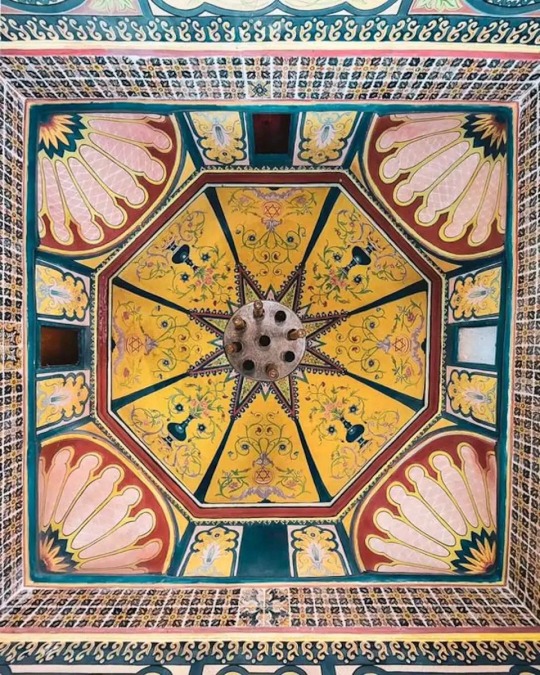





5 notes
·
View notes
Text
faggotitty little faeries
did you know
that glass was stone
the stones of the bois
with their toys
both born or rebirthed
from Mama earth to
Mama Africa
1 note
·
View note
Text
Angilalanga – Miriam Makeba
Sangoma – Miriam Makeba 1988. South Africa was in turmoil as it went through the last years of the struggle towards bringing about a democratic process and freedom to millions. Miriam Makeba was still in exile, living in Belgium at the time. She had recently joined Paul Simon on his Graceland tour and this prompted her to record some new material (her previous release had been 1979’s ‘Comme une…
youtube
View On WordPress
0 notes
Text




Born 26 September 1936 #Mama #Winnie #Nomzamo #Madikizela #Mandela #HappyHeavenlyBirthday #beadwork #iqhiya
#Mama#winnie mandela#xhosa#africa#culture#afrikanbeauty#ancientandmodern#beautiful smile#umbhaco#insimbi#head wrap
65 notes
·
View notes
Text
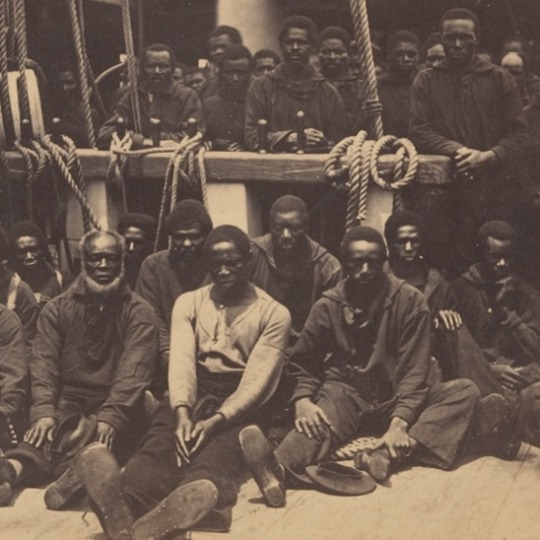
Historians from Southern Illinois University in the Africana Studies Department documented about 20 title words from the Kikongo language are in the Gullah language. These title words indicate continued African traditions in Hoodoo and conjure. The title words are spiritual in meaning. In Central Africa, spiritual priests and spiritual healers are called Nganga.
In the South Carolina Lowcountry among Gullah people a male conjurer is called Nganga. Some Kikongo words have a "N" or "M" in the beginning of the word. However, when Bantu-Kongo people were enslaved in South Carolina the letters N and M were dropped from some of the title names. For example, in Central Africa the word to refer to spiritual mothers is Mama Mbondo. In the South Carolina Lowcountry in African American communities the word for a spiritual mother is Mama Bondo. In addition during slavery, it was documented there was a Kikongo speaking��slave community in Charleston, South Carolina

#nganga#mama mbondo#slave community#charlestonch#charleston south carolina#afrakan#kemetic dreams#africans#african#brownskin#brown skin#afrakans#african culture#afrakan spirituality#central africa#kikongo language#gullah#gullah geechee#gullah gullah island
96 notes
·
View notes
Text
youtube
We meet Thuch Ajack, the co-founder of United African Farm.
In African culture, most people are raised as farmers, with their own small plot of land, says Melbourne resident Thuch Ajak. When moving to Australia many migrants lost that connection to growing food, farming and the soil, which is why Thuch set up his project. He also works with the community and at the Asylum Seekers Resource Centre, and on community radio.
Members involved in the farm project come from right across Africa, so Thuch says the land unites people and is a meeting place.
Thuch was born during the war in South Sudan and when he was 10, his family fled to Kenya, living in Kakuma refugee camp. He returned in 2006 to help rebuild, and it was then he had the opportunity to go to university, studying agriculture and specialising in crop protection.
When war restarted in 2013 he says it “was really devastating”. He decided to move to Australia in 2015 and is now married with three children.
He found it hard to get into the agricultural sector so started looking at starting a market garden on his own. First, he volunteered at Joe’s Market Garden at CERES to make some connections, and then he started growing in his own backyard in Melbourne’s west. Here he met Mama Queyea Tuazama, a community leader with a lot of traditional knowledge, who was also looking for some land, and they joined forces to found the United African Farm.
The farm is on just over one hectare (3 acres) and it’s divided into two areas: a community space for gatherings and festivals and a food growing area.
Coming from a fertile, tropical country, Thuch was used to planting a seed and knowing it would germinate. In the cold Melbourne climate he is adjusting to allowing 8 weeks for seedlings! And of course, many tropical crops won’t grow or can only be grown in a small climate window.
So people have had to learn to use different crops.
In the productive area many crops are grown in raised beds, partly to make it easier for the elderly community members, but also because they are on low-lying clay soil so need the improved drainage.
Thuch enjoys connecting younger members of the community, especially those who have grown up in urban areas, back to their culture and to the soil.
#gardening australia#solarpunk#australia#Africa#farm#farming#Thuch Ajack#United African Farm#Asylum Seekers Resource Centre#south sudan#Kenya#Joe’s Market Garden#market garden#CERES#Mama Queyea Tuazama#Youtube
3 notes
·
View notes
Text
💐 The Fascinating Origin and History of Mother's Day
The Ancient Roots of Honoring Mothers
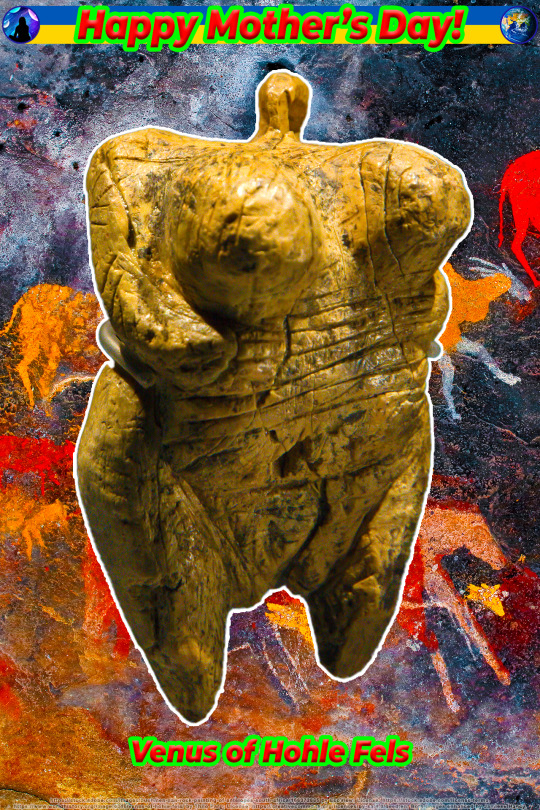
Mother’s Day is a holiday we celebrate every year to show our appreciation for the mothers and motherly figures in our lives. But how did Mother’s Day actually come to be? The history of Mother’s Day involves both ancient and modern traditions.
Mother-honoring traditions have deep roots in ancient cultures around the world. Many ancient religions and civilizations revered a mother goddess – a powerful female deity who represented motherhood, fertility, and the life-giving forces of nature.
The Venus of Hohle Fels is the oldest undisputed example of a depiction of a human being and is believed to represent a fertility goddess. The figurine is made of mammoth ivory that was unearthed in 2008 in Hohle Fels, a cave near Schelklingen, Germany, within the Swabian Jura United Nations Educational, Scientific, and Cultural Organization (UNESCO) World Heritage Site. It’s dated to between 38,000 and 33,000 BCE, which is associated with the earliest presence of Cro-Magnon humans, the first early modern humans, in Europe.
The worship of mother goddesses was still prevalent tens of thousands of years later in Mesopotamian, Egyptian, Greek, Roman, and other ancient civilizations. Some of the most well-known ancient mother goddess figures include Isis in Egypt, Cybele in Anatolia, Demeter in Greece, and Juno in Rome.
These mother goddess figures were celebrated through festivals, rituals, and temple worship ceremonies. These events often included pilgrimages and elaborate offerings that honored the sacred role of motherhood in sustaining life and the maternal activities of creation, nourishment, and protection.
Reverence for mother goddesses laid important groundwork for the modern celebrations of Mother's Day and the honoring of mothers in many cultures today. Understanding these ancient origins can provide context and meaning to how we continue to celebrate and appreciate mothers in the present day.
Modern History of the Mother's Day Holiday
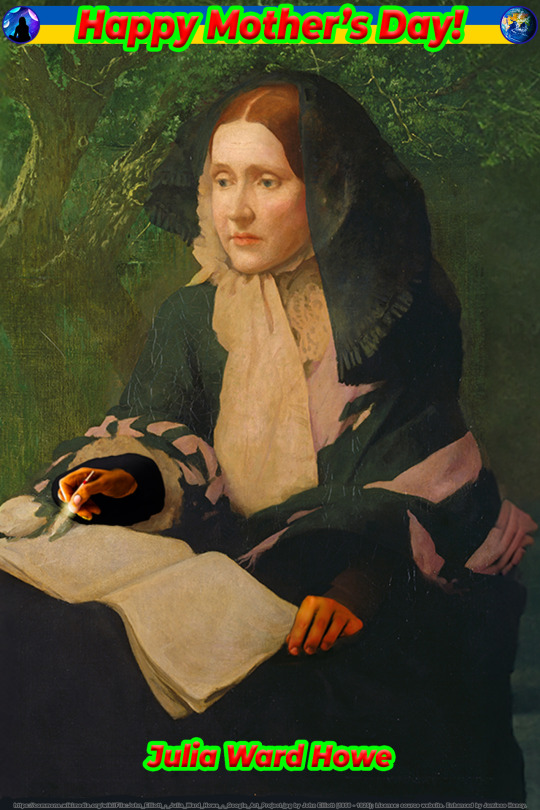
Mother’s Day is unique in that it has a totally feminist history. The idea of Mother’s Day started taking shape in America in 1868 when social activist and leader of a West Virginia women's group Ann Maria Reeves Jarvis created “Mothers’ Friendship Day.”
Ann Maria Reeves Jarvis brought mothers together from both sides of the Civil War to promote peace and reconciliation. She conducted meetings and workshops where mothers discussed health, hygiene, proper care, and welfare of mothers and children.
She also started “Mother's Day Work Clubs” to raise money to buy medicine and provide assistance to poor families who were suffering from high mortality rates due to disease. These clubs were a huge success and soon spread all across the country.
In 1870, Julia Ward Howe wrote the Mother’s Day Proclamation as a mother's response to the American Civil War. Her proclamation called on women to use their positions as mothers to influence society to end all wars. She advocated for women to fight against the unjust violence of war through their roles as mothers and protest the futility of their sons killing other mothers’ sons.
Howe wrote: We will not have great questions decided by irrelevant agencies. Our sons shall not be taken from us to unlearn all that we have been able to teach them of charity, mercy, and patience. We, the women of one country, will be too tender of those of another country to allow our sons to be trained to injure theirs.
In 1905, Ann Maria Reeves Jarvis died. Her daughter, Anna Maria Jarvis held a memorial for her in Grafton, West Virginia which was attended by over 400 people. Anna Maria Jarvis was inspired by her mother's work in organizing women's groups dedicated to social causes to begin working for establishment of an official national day of honor for all mothers.
Anna Maria Jarvis started a letter-writing campaign to prominent political and business figures, urging them to support a national Mother's Day holiday. Her efforts paid off when in 1914, President Woodrow Wilson signed a proclamation declaring the second Sunday in May as Mother's Day. This official recognition of Mother's Day made it a US national holiday.
The first official Mother's Day was celebrated in the US on May 9th, 1914. The holiday quickly grew in popularity and has flourished ever since, thanks in no small part to the flower industry. The owners of the Florists Review business journal publicly admitted to their desire to exploit the holiday. Anna Maria Jarvis, on the other hand, vehemently opposed the commercialization of Mother’s Day.
Anna Maria Jarvis’ original intent for Mother’s Day was to honor and appreciate the sacrifices and struggles of mothers and to recognize mothers’ contributions to society and their families.
Anna Maria Jarvis spent the remainder of her life trying to return Mother’s Day to its original, more modest roots. She was arrested for protesting the sale of flowers and even petitioned to prevent the creation of a Mother’s Day postage stamp.
The spirit of Mother’s Day envisioned by Jarvis, although weakened by commercialization, is still definitely alive today in that it remains a symbol of the enduring bond between mothers and their children.
How Mother's Day Became a Global Tradition
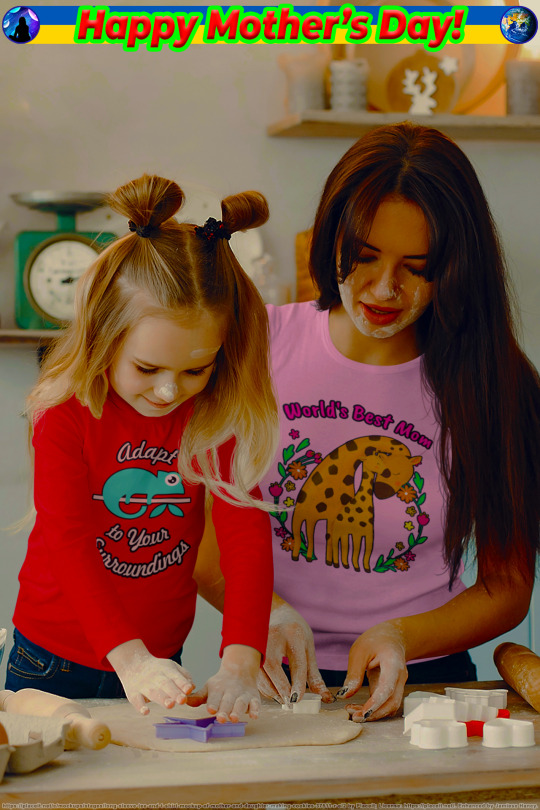
The celebration of Mother’s Day in modern times has spread from the US to other countries, including Canada, Australia, Mexico, and more.
Mother's Day is observed on different dates globally, though the most common date is the second Sunday in May. Italy celebrates Mother’s Day on the first Sunday in May. Other countries like the United Kingdom and Ireland celebrate their version of Mother’s Day, “Mothering Sunday,” on the third Sunday before Easter.
Across the world, Mother's Day traditions often include the giving of cards, flowers, treats. and other gifts. Family gatherings, special meals, and acts of service are also common ways to honor mothers on Mother’s Day. Some countries have unique customs, like Mexico’s Dia de las Madres celebration.
While the specific rituals may differ, the core purpose of Mother's Day in all countries is to recognize and appreciate the vital role that mothers play in our lives and communities.
Honoring Mothers in Modern Times

While some traditional Mother's Day traditions such as handmade crafts and homemade meals remain popular today, others have evolved to reflect the changing dynamics of family life and societal norms. It’s still celebrated, though, as a day to honor those women who’ve worked so hard and who’ve sacrificed so selflessly to raise us to become decent human beings.
The range of Mother's Day gift ideas is expanding, catering to the diverse interests and needs of modern mothers. From tech-savvy gadgets to personalized jewelry, from self-care products to experiences like cooking classes or travel packages, the number of thoughtful and meaningful gifts is growing exponentially.
Modern Mother's Day celebrations often go beyond traditional gift giving. Many families now plan special outings, such as brunch at a favorite restaurant or a day of pampering at a spa. Other families organize activities like picnics, hikes, game nights, or trips to zoos or museums – all designed to allow mothers to spend quality time with their loved ones.
Animals Have Moms, Too

It’s undeniable that human moms go above and beyond for their kids, proving that mothers are really one of nature’s most giving and loving creations. But this unconditional love and care is not limited to the human world. We human beings don’t hold the patent on good parenting. The animal kingdom is full of moms who are just amazing!
While some animal moms neglect their offspring as soon as they lay their eggs, and others may even kill and eat them, there are many animal moms on the other side of the spectrum who go to great lengths to keep their children safe!
Where survival is the biggest challenge right from the start, these animal moms take extraordinary steps to nurture and raise their babies. They feed their young, often at the expense of their own needs, and protect them – with ferocity, if necessary.
On this Mother's Day, let's explore some of the ways animal mothers nurture and care for their offspring:
1. Protection
One of the most obvious ways that animal moms protect their young is by physically shielding them from harm. This can take many forms, such as huddling together to stay warm in cold weather or by forming a circle around their young to protect them from predators. For instance, herds of elephant moms often form circles around their young to protect them from lions and hyenas. Kangaroo moms carry their vulnerable offspring in their pouches for several months, maintaining uninterrupted skin-to-skin contact. Panda moms constantly cradle their little ones to keep them close, as the cubs are born extremely tiny and fragile.
2. Camouflage
Another way that animal moms protect their young is by using camouflage. Many animals, such as deer and rabbits, have fur coats that blend in with their environment. This helps hide them from predators. In addition to camouflage, some animals, such as birds, squirrels, and apes, build nests high in trees or cliffs, where they’re difficult for predators to reach.
3. Teaching Them Life Skills
Animal moms teach and train their young to survive in the wild. This includes showing them how to find food and water, how to avoid predators, and how to navigate their environment. For example, lionesses teach their cubs how to hunt by allowing them to play with live captured prey. This helps the cubs develop their hunting skills and also teaches them the importance of teamwork.
4. Scent Markings
Many animals, including big cats like lions and tigers, use scent markings to protect their young. By marking their territory with their scent, they warn other animals to stay away and thus avoid potential conflicts. For example, a female tiger marks her territory with urine. Other tigers can tell by the scent whether she has cubs or not. If she has cubs, the other tigers know to stay away.
5. Relocation
Some animal mothers start to look out for their children even before they arrive. They'll migrate or move to an ideal environment for their children. For instance, salmon and arctic terns often migrate to find the best breeding grounds for their young ones with the fewest predators, cleanest environments, and most abundant food sources. Polar bear moms dig snow dens to protect their cubs from harsh Arctic winds and cold temperatures.
Here’s a look at five of the world’s many outstanding animal mothers who go the extra mile for their young:
African Elephant
Not only does an African elephant mom give birth to one of the largest babies on earth – about 200 pounds – but she also has to endure a 22-month pregnancy! That deserves an extra special Mother’s Day present from her calves. A new elephant mom gets lots of help in raising her young. Elephants live in matriarchal societies, so other females in her social group help her newborn calf to its feet and show it how to nurse. All of the females join the mother in regularly making affectionate contact with the calf. The older elephants will adjust the pace of the herd so the calf can keep up with them and also help teach the calf where to find edible plants and water.
Red Fox
A red fox mother dotes on her kits. She cares for them continuously for their first two weeks, relying on her mate to hunt and bring her food. If something happens to him, it makes life hard for her, but she doesn’t abandon them; she takes over the tasks of finding food and raising them alone. Otherwise, both she and her mate raise their young (usually five) together, teaching them hunting and other survival skills. Red foxes are playful parents, taking time to roll around and play with their kits. The father leaves in the fall. The kits leave when they’re six or seven months old, although females sometimes remain with their mother for a year.
Orangutan
The bond between an orangutan mother and her young is one of the strongest in nature. During the first two years of its life, a young orangutan relies entirely on its mother for both food and transportation. Mom stays with her young for six to seven years, teaching them where to find food, what and how to eat, and how and where to build a sleeping nest. Female orangutans are known to visit their mothers until they reach the age of 15 or 16.
Owl
Mother owls go to extraordinary lengths to keep their chicks well-fed. With super vision and super hearing, a mother owl can identify the slightest movement before she swoops down to grab her prey. Able to hear her chicks before they’re even hatched, a mother owl is always listening to her chicks; much like our dear moms.
Polar Bear
Polar bear mothers usually give birth to twin cubs that stick by her for about two years to learn the necessary survival skills in the cold climate. The mothers dig dens into deep snow drifts, creating a space to protect them from the elements. They usually give birth between November and January and keep the cubs warm and healthy using their body heat and milk. The cubs leave the den in March and April to get used to outside temperatures before learning to hunt.
Criticisms of Mother's Day
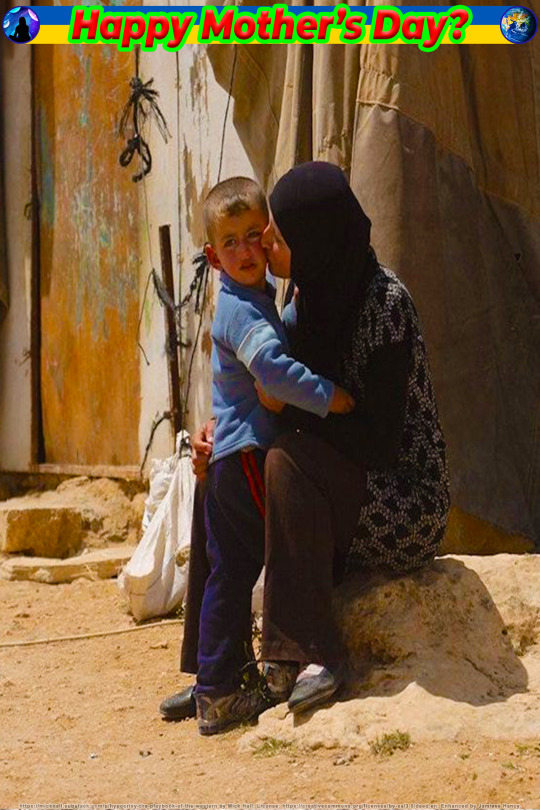
While Mother's Day is a widely celebrated holiday honoring mothers and motherhood, it's also faced criticism over the years.
Like many holidays, Mother’s Day isn’t unique in the sense that it suffers from over-commercialization to the point where much of its history has been stripped away.
Over time, the holiday has become increasingly commercialized, with businesses heavily promoting the sale of cards, flowers, gifts, and other products. This commercialization has led to backlash from many people who feel the true meaning of the holiday has been overshadowed by consumerism.
Critics argue that the pressure to buy expensive gifts and participate in elaborate celebrations takes away from the genuine appreciation and recognition of mothers – that we often end up spending more time and effort feeding money into a system that exploits our love for our mothers than actually celebrating them.
Additionally, the holiday has been criticized for excluding or marginalizing certain types of mothers, such as single mothers, adoptive mothers, lesbian and gay mothers, and those who've experienced pregnancy loss. There are also concerns that the holiday reinforces traditional gender roles and expectations involving motherhood.
In Julia Ward Howe’s 1870 Mother’s Day Proclamation, she called on women to use their positions as mothers to influence society to end all wars. She called for mothers to protest the futility of their sons killing other mothers’ sons.
And yet, 150 years on, our planet is still infected with multiple wars that continue to claim the lives of thousands of mothers’ sons and daughters. Are modern-day mothers protesting enough?
On this Mother’s Day, let’s remember that all mothers, all women, and all people have a stake in war and a responsibility to protest the incredible violence that so many victims around the world are suffering through.
Despite all of these criticisms, Mother's Day remains a significant cultural event, with millions of people around the world pausing to take the time to honor and appreciate the mothers in their lives. As the holiday continues to evolve, it will be important to find a balance between commercialization, activism, and the genuine, well-deserved celebration of motherhood.
Conclusion: Celebrating the Spirit of Motherhood

In conclusion, the history of Mother’s Day is a rich one, tracing back to ancient civilizations and evolving into a modern-day holiday that is celebrated around the world.
From the early efforts of an activist mother and her devoted activist daughter to the later support of political leaders, Mother’s Day has become a day to honor and appreciate mothers and motherly figures for the love and care they provide our families and communities. It’s a day to recognize the sacrifices that mothers make every day and to shower them with the appreciation and gratitude they deserve.
Mothers are the bedrock of our families, offering unwavering love, guidance, and support through every stage of our lives. Their selfless dedication and tireless efforts shape us into the individuals we eventually become. From the earliest moments of our existence to the milestones that define our growth, mothers are there, nurturing our dreams and championing our successes.
Motherhood is a testament to the power of the human spirit, embodying resilience, compassion, and an unbreakable bond that transcends time and distance. As we honor mothers everywhere, let’s celebrate the profound impact they have on our lives and the legacy they leave for our descendants. So, to all you mothers, thank you for always being there. Happy Mother’s Day – this day and every day! ☮️ Peace… Jamiese
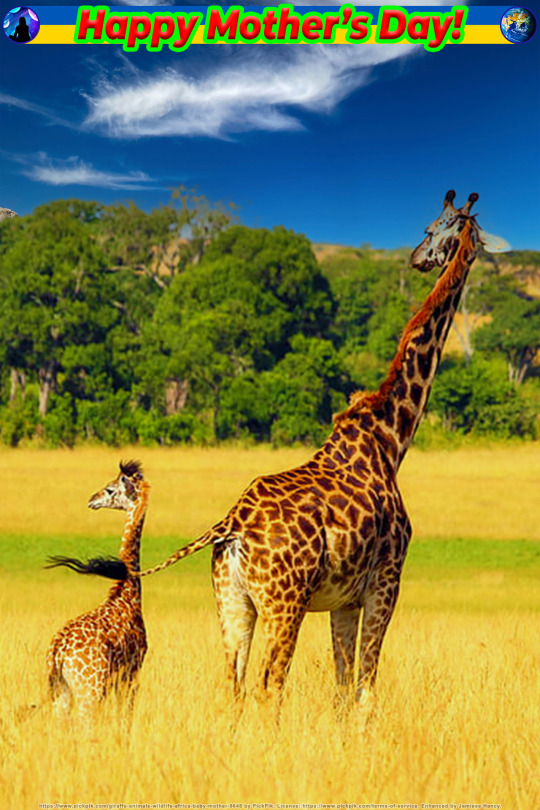
📚 Text Sources:

📷 Image Sources:
1. https://www.worldhistory.org/image/6346/venus-of-hohle-fels/ by Thilo Parg; License: https://creativecommons.org/licenses/by-sa/4.0/deed.en. Enhanced by Jamiese Hancy. https://stock.adobe.com/images/bushmen-san-rock-painting-of-antelopes-south-africa/166072665 by EcoView; License: https://stock.adobe.com/license-terms. Enhanced by Jamiese Hancy.
2. https://commons.wikimedia.org/wiki/File:John_Elliott_-_Julia_Ward_Howe_-_Google_Art_Project.jpg by John Elliott (1858 - 1925); License: source website. Enhanced by Jamiese Hancy.
3. https://placeit.net/c/mockups/stages/long-sleeve-tee-and-t-shirt-mockup-of-mother-and-daughter-making-cookies-37511-r-el2 by Placeit; License: https://placeit.net/. Enhanced by Jamiese Hancy. https://placeit.net/c/design-templates/stages/cute-t-shirt-design-maker-for-mother-s-day-827g by Placeit; License: https://placeit.net/. Enhanced by Jamiese Hancy. https://placeit.net/c/design-templates/stages/cool-t-shirt-design-maker-featuring-a-chameleon-illustration-1152o-6-el by Placeit; License: https://placeit.net/. Enhanced by Jamiese Hancy.
4. https://placeit.net/c/mockups/stages/long-sleeve-tee-mockup-featuring-a-family-of-two-holding-hands-at-the-park-32637 by Placeit; License: https://placeit.net/. Enhanced by Jamiese Hancy. https://placeit.net/c/design-templates/stages/cute-t-shirt-design-maker-for-mother-s-day-827g by Placeit; License: https://placeit.net/. Enhanced by Jamiese Hancy. https://placeit.net/c/design-templates/stages/illustrated-t-shirt-design-template-with-cute-animals-409-el1 by Placeit; License: https://placeit.net/. Enhanced by Jamiese Hancy.
5. https://c1.wallpaperflare.com/preview/43/876/978/meerkats-meerkat-baby-zoo-cute.jpg by ; License: https://www.walpaperflare.com/terms-of-use. Enhanced by Jamiese Hancy.
6. https://mickhall.substack.com/p/hypocrisy-the-playbook-of-the-western by Mick Hall; License: https://creativecommons.org/licenses/by-sa/3.0/deed.en. Enhanced by Jamiese Hancy.
7. https://placeit.net/c/mockups/stages/hoodie-mockup-of-a-mom-hugging-her-son-32660 by Placeit; License: https://placeit.net/. Enhanced by Jamiese Hancy. https://placeit.net/c/design-templates/stages/cute-t-shirt-design-maker-for-mother-s-day-827g by Placeit; License: https://placeit.net/. Enhanced by Jamiese Hancy. https://www.pickpik.com/meerkat-rodent-animal-wildlife-wild-zoology-155816 by PickPik; License: https://www.pickpik.com/terms-of-service. Enhanced by Jamiese Hancy.
8. https://www.pickpik.com/giraffe-animals-wildlife-africa-baby-mother-9648 by PickPik; License: https://www.pickpik.com/terms-of-service. Enhanced by Jamiese Hancy.
9. https://placeit.net/c/mockups/stages/long-sleeve-tee-mockup-featuring-a-pregnant-woman-listening-to-music-45509-r-el2 by Placeit; License: https://placeit.net/. Enhanced by Jamiese Hancy. https://placeit.net/c/design-templates/stages/cute-t-shirt-design-maker-for-mother-s-day-827g by Placeit; License: https://placeit.net/. Enhanced by Jamiese Hancy.
10. https://pixabay.com/photos/yemen-chameleon-chameleon-3221437/ by aixklusiv; License: https://pixabay.com/service/terms/. Enhanced by Jamiese Hancy. https://stock.adobe.com/images/green-praying-mantis/376761644 by mehmetkrc; License: https://stock.adobe.com/license-terms. Enhanced by Jamiese Hancy.
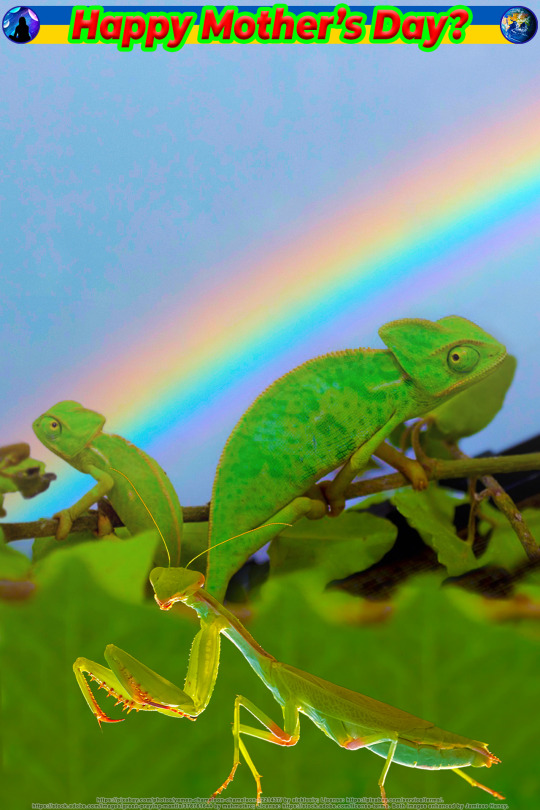
#mothers day#jamiese#nature#wildlife#animals#conservation#teepublic#africa#biodiversity#wildlife photography#mothers day 2024#mothers day gifts#mothers day flowers#what day is mothers day#mothers day card#when is mothers day 2024#gift ideas for mom#mothers#mothers day brunch#mothers day ideas#happy mothers day#mothers day gift ideas#gifts for mothers day#mexican mothers day#inspiration#mom#mum#mother#mama#motherhood
2 notes
·
View notes
Text
youtube
soda mama fall -- cora fall
3 notes
·
View notes
Text









Wonderful I could cry 😭 🕺🏼
𝗜𝗙 𝗬𝝝𝗨 𝗖𝝝𝗨𝗟𝗗 𝗙𝗨𝗖𝗞 𝗠𝗨𝗦𝗜𝗖
𝝠 𝗧𝗥𝝠𝗖𝗞 𝝠 𝗗𝝠𝗬 𝗞𝗘𝗘𝗣𝗦 𝗧𝗛𝝠 𝗗𝝝𝗖𝗧𝝝𝗥 𝝠𝗪𝝠𝗬
𝗜 𝝠𝗠 𝝠 𝗗𝝠𝗡𝗖𝗜𝗡𝗚 𝗦𝝠𝗡𝗗𝗪𝗜𝗖𝗛 🎧💃🏽🕺🏼🪩🚀💥
𝗚𝝝𝝝𝗦𝗘𝗕𝗨𝗠𝗣𝗦 / 𝗜𝗡𝗧𝗘𝗥𝗡𝝠𝗧𝗜𝝝𝗡𝝠𝗟 𝗕𝗘𝝠𝗧𝗦 /𝗜𝗡𝗧𝝝𝗠𝗬𝗦𝝝𝗨𝗟 / 𝗘𝝠𝗥𝗚𝝠𝗦𝗠 / 𝗧𝗛𝗜𝗭𝗭 𝗜𝗭 𝝠 𝗚𝗜𝗙 𝝠𝗧𝗧𝝠𝗖𝗞 / 𝗦𝗘𝗫𝗗𝗥𝗨𝗚𝗦𝝠𝗡𝗗𝗦𝝝𝗖𝗞𝗦𝗪𝗜𝗧𝗛𝗛𝝝𝗟𝗘𝗦 / 𝗣𝗨𝗡𝗞𝗦𝝠𝗥𝗘𝗡𝗧𝗗𝗘𝝠𝗗 / 𝗛𝗘𝗟𝗟 𝗬 𝝠𝗦𝗦 / 𝗚 𝝝 𝗗 𝗜 𝗦 𝝠 𝗗 𝗝 / ΓЯДCҜФFΓHΞDДУ / 𝗗𝗘𝗘𝗣𝗗𝝠𝗥𝗞𝝠𝗡𝗗𝗗𝝠𝗡𝗚𝗘𝗥𝝝𝗨𝗦 / 𝗣𝗛𝗨𝗖𝗞 𝗜𝗧 𝟰 𝗣𝗛𝗨𝗡 / 𝗪𝗜𝗧𝗛𝝝𝗨𝗧𝗠𝗨𝗦𝗜𝗖𝗟𝗜𝗙𝗘𝗪𝝝𝗨𝗟𝗗𝗕𝗘𝝠𝗠𝗜𝗦𝗧𝝠𝗞𝗘 / 𝗪𝝝𝗡𝗗𝗘𝗥𝗙𝗨𝗟 𝗜 𝗖𝝝𝗨𝗟𝗗 𝗖𝗥𝗬 / 𝗪𝗘𝗜𝗥𝗗 𝗜𝗦 𝝠 𝗖𝝝𝗠𝗣𝗟𝗜𝗠𝗘𝗡𝗧 / 𝗦𝗜𝗖𝗞 𝗡 𝗧𝗪𝗜𝗦𝗧𝗘𝗗 🎧 / 𝗟𝝝𝗦𝗧 𝗜𝗡 𝗦𝗧𝗘𝗥𝗘𝝝 / 𝗧𝗛𝝠𝗡𝗞𝗦 𝗟𝝝𝗥𝗗 𝟰 𝗠𝗨𝗦𝗜𝗖𝗞 / 𝗜𝗠𝗙𝗥𝗘𝝠𝗞𝗜𝗡𝗚𝗧𝗛𝗘𝗙𝗨𝗖𝗞𝝝𝗨𝗧 / 𝗜𝗡𝗘𝗘𝗗𝗧𝝝𝗗𝝠𝗡𝗖𝗘𝗧𝗛𝗘𝗙𝗨𝗖𝗞𝝝𝗨𝗧 / 𝗦𝗨𝗕𝗕𝝠𝗦𝗦𝗠𝝠𝗦𝗦𝝠𝗖𝗥𝗘 / 𝗦𝗛𝝠𝗞𝗘𝗪𝗛𝝠𝗧𝗬𝝠𝗠𝝠𝗠𝝠𝗚𝝠𝗩𝗘𝗬𝝠 /𝗗𝗥𝝝𝗣𝗕𝗘𝝠𝗧𝗦𝗡𝝝𝗧𝗕𝝝𝗠𝗕𝗦 / 𝗥𝝝̈𝗛𝗥𝗧 𝗪𝗜𝗘 𝗛𝗜𝗥𝗦𝗖𝗛 / 𝗜’𝗠 𝗗𝗜𝗦𝗖𝝝
#panicdynamicpandemic #trackoftheday #gifattack #gifmania #moody #edm #electronicmusic #shakewhatyamamagaveya @darksilenceinsuburbiareloaded #raaaaven #electroshockboogie #dancemfdance #partymusic #lostinmusic #thankslordfortriphop
𝗧𝗥𝝠𝗖𝗞 𝝝𝗙 𝗧𝗛𝗘 𝗗𝝠𝗬: Tricksy by Lark 😭🕺🏼

#im crying 😭#without music life would be a mistake#gif mood board#mood in between#7/2023#trip hop#south africa#cape town#inge beckmann#wonderful i could cry#i need to dance the fuck out#dance the pain away#dancing in the dark#slow dancing#international beats#exploring music#im freaking the fuck out#on and on and on and on and on and on and#shake what ya mama gave ya#intomysoul#track of the day#x-heesy#fucking favorite#music#now playing#spotify#music and art#l o v e
3 notes
·
View notes